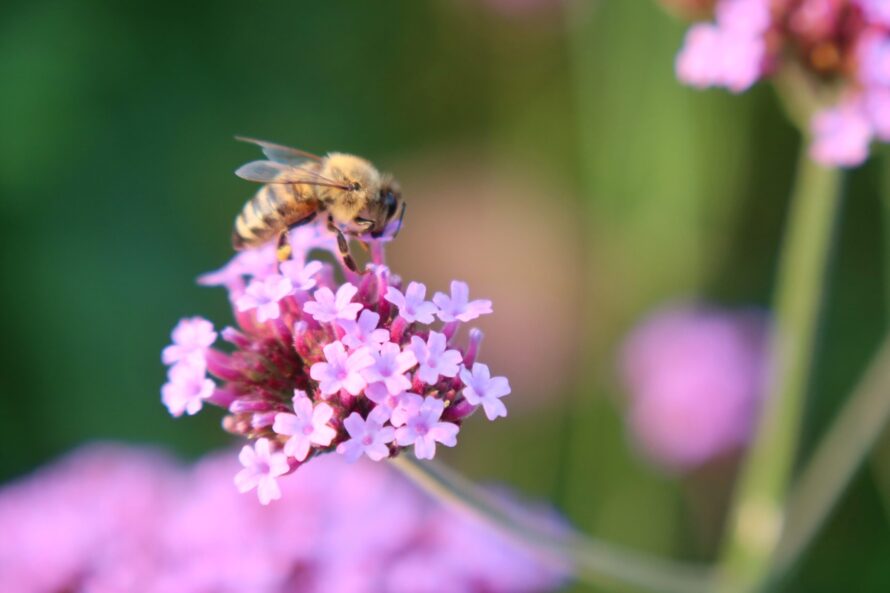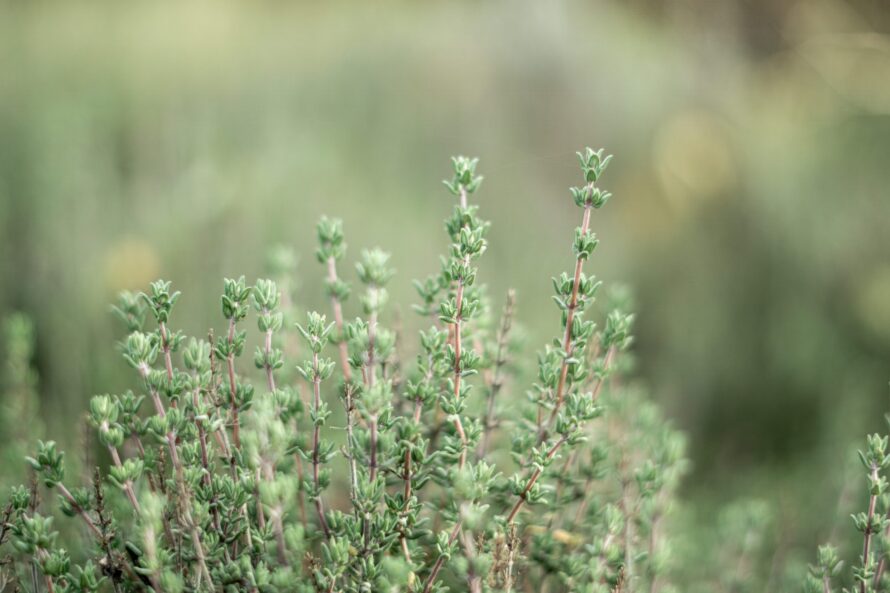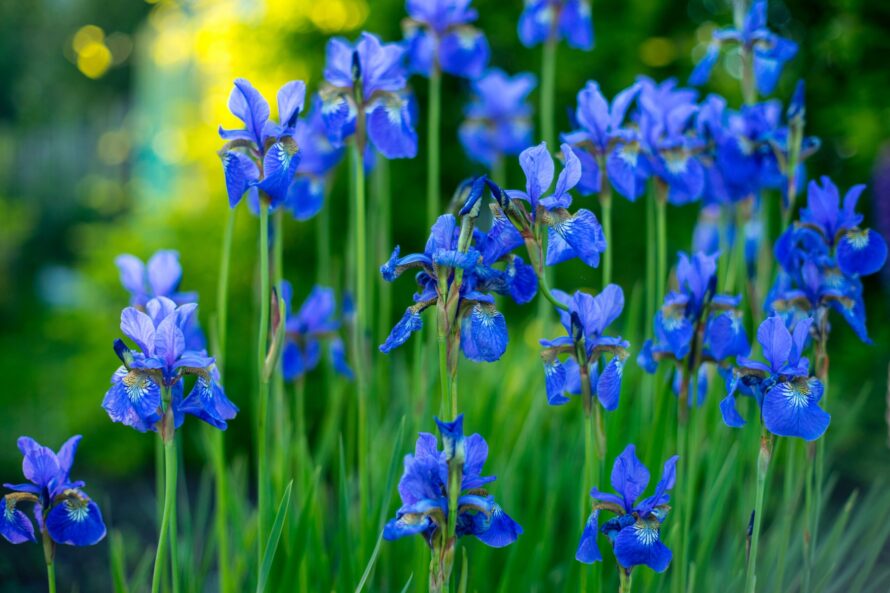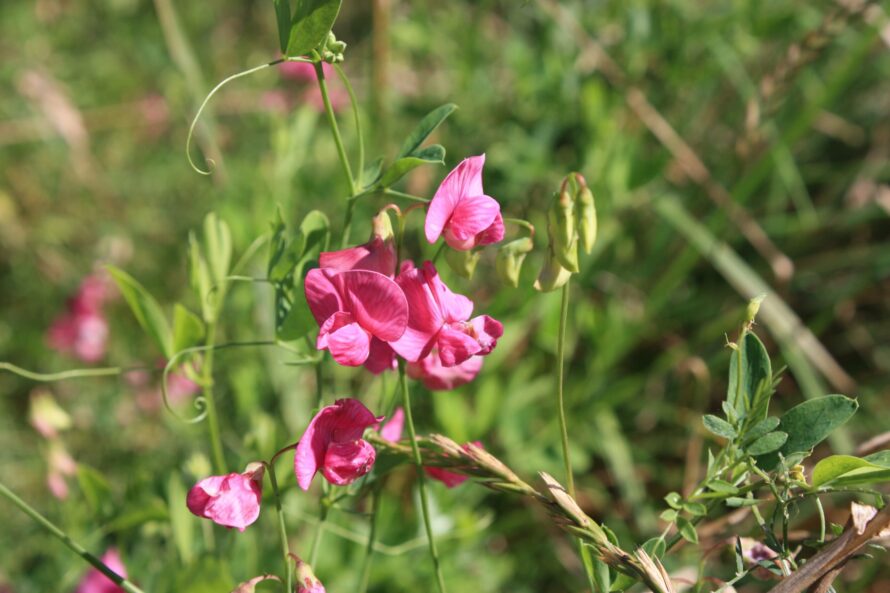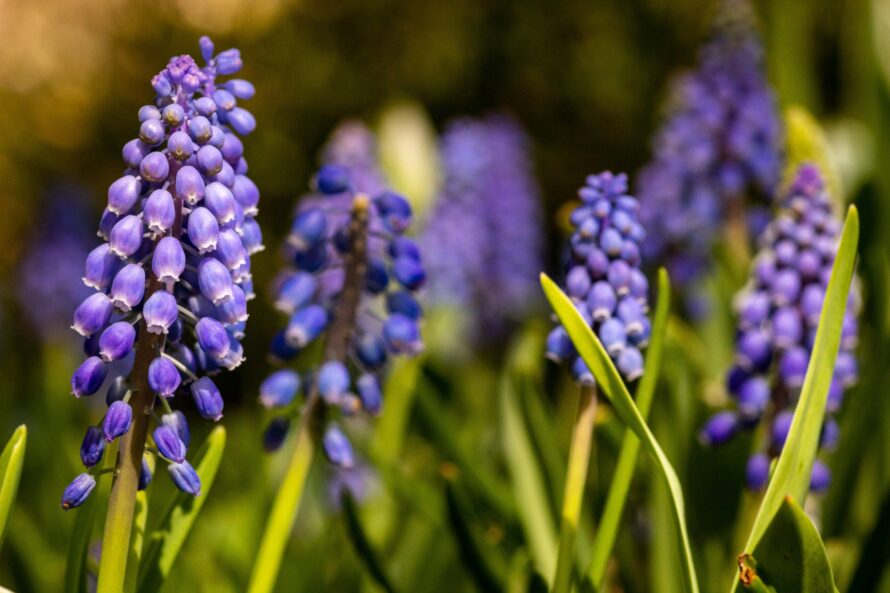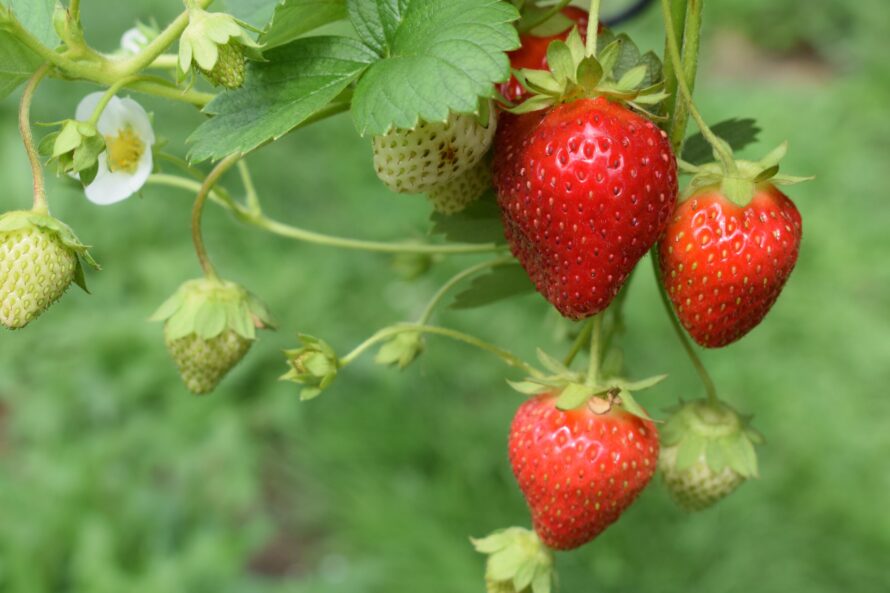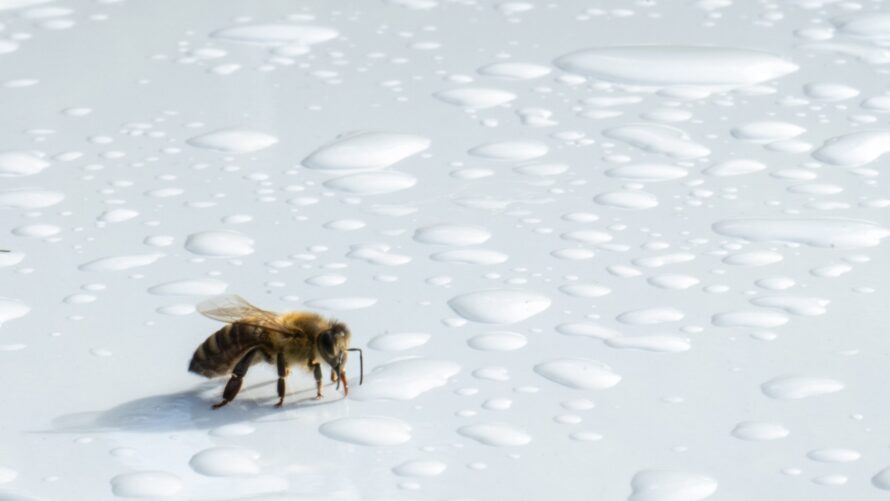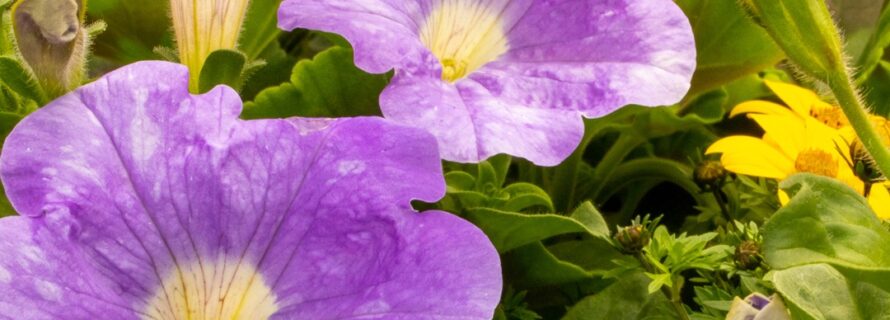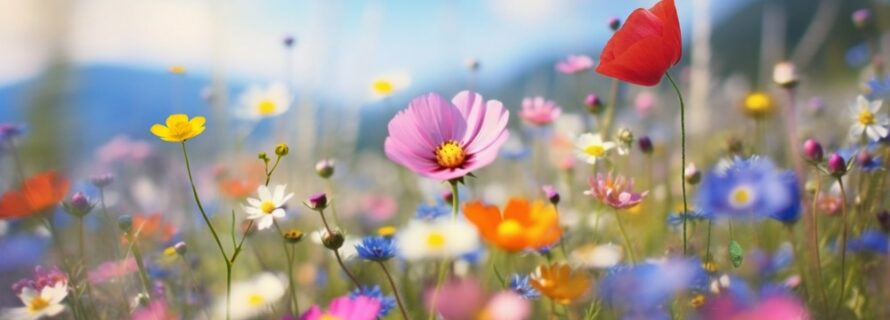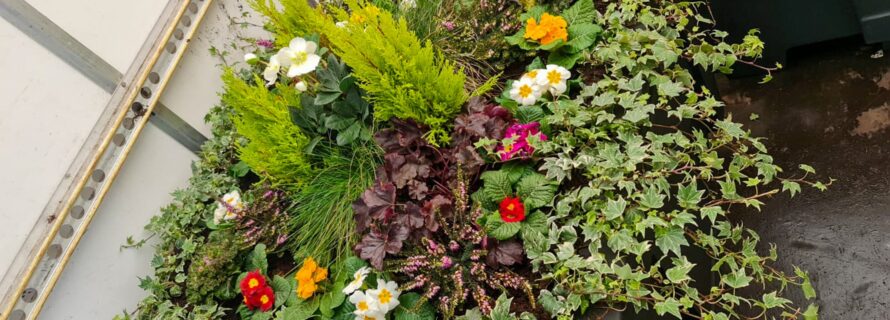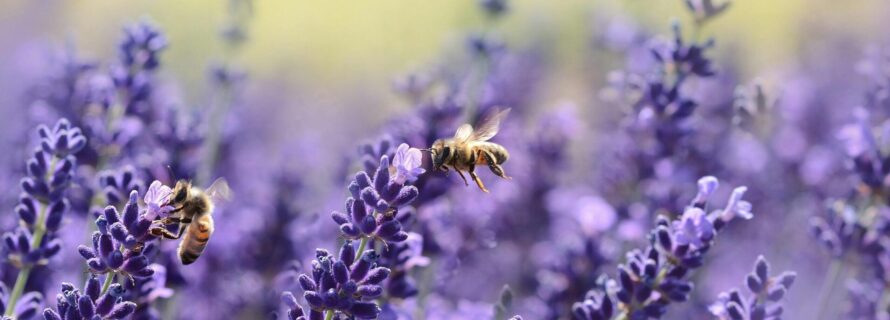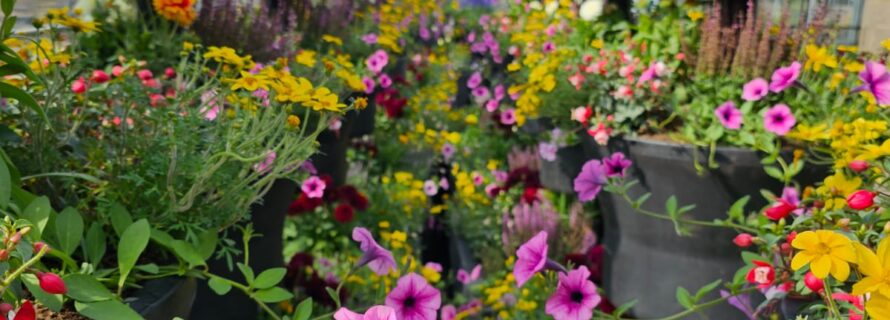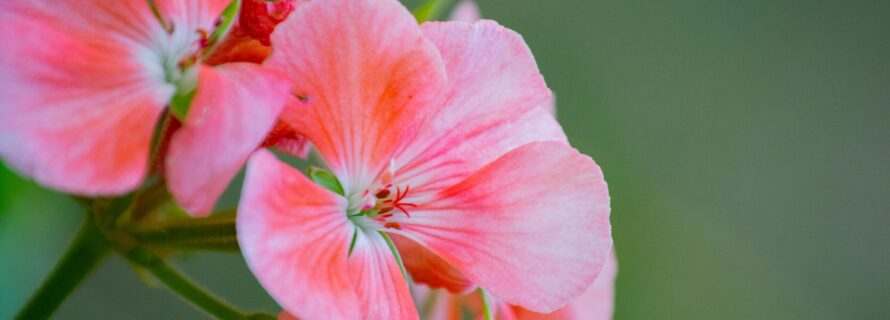Food for you and the bumblebees
With the grow your own initiative, you are able to provide nutritious food for your table as well as pollinating insects as the flowers that develop into vegetables and fruits are a vital source for bumblebees and other pollinators.
Plants such as blackcurrants or beans are nearly always pollinated by bees and can easily be grown in smaller spaces such as balconies or patios in pots or directly in the ground. Many crops don’t require a large space or much work, with some requiring support stakes and more regular watering.
Space-saving tip:
Dwarf fruit trees are also a valuable resource to bees and other pollinators. These trees require less space and can be grown in pots or against walls.

